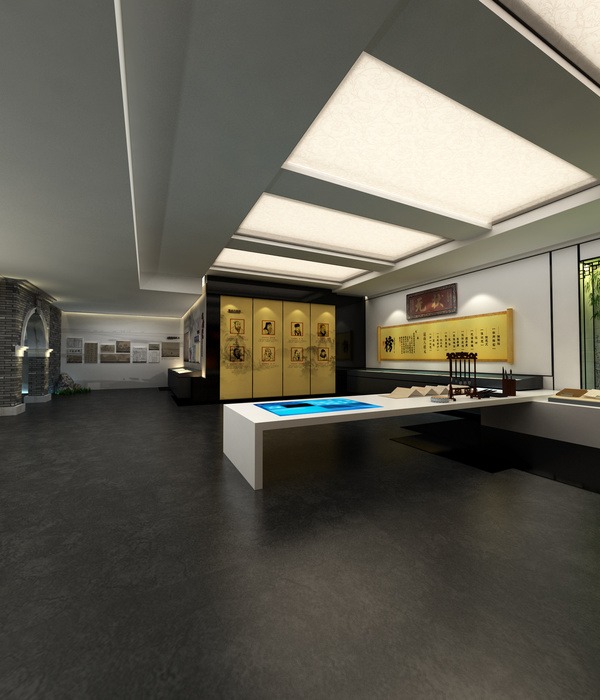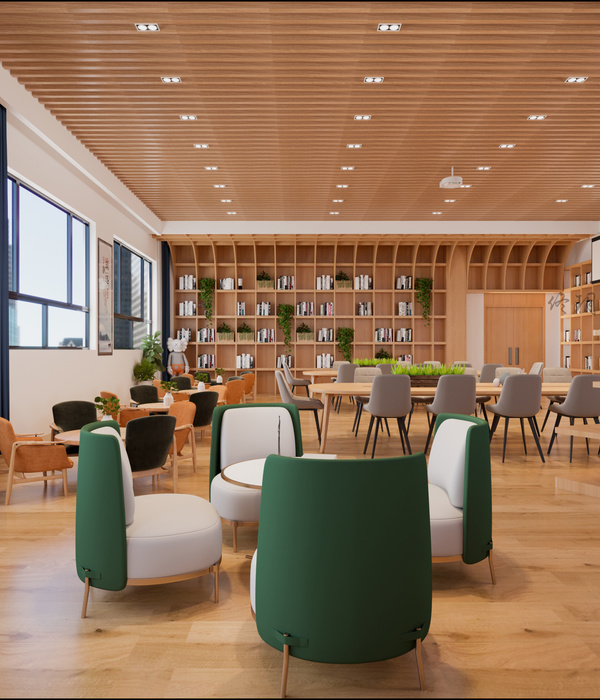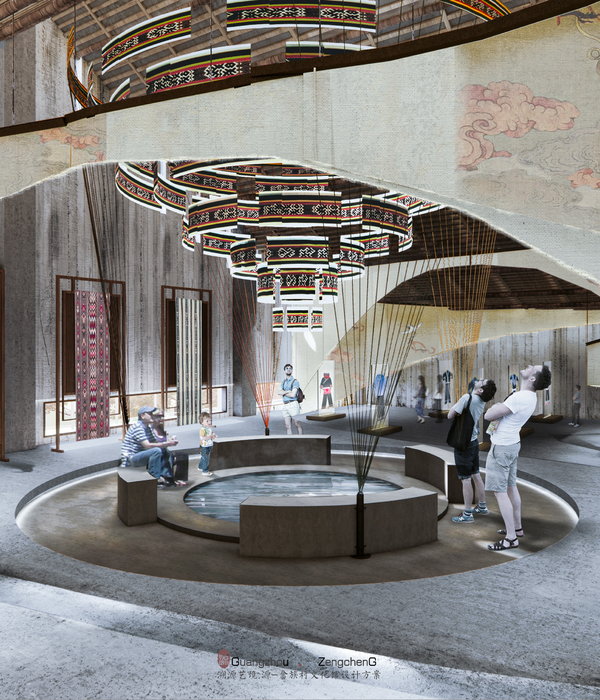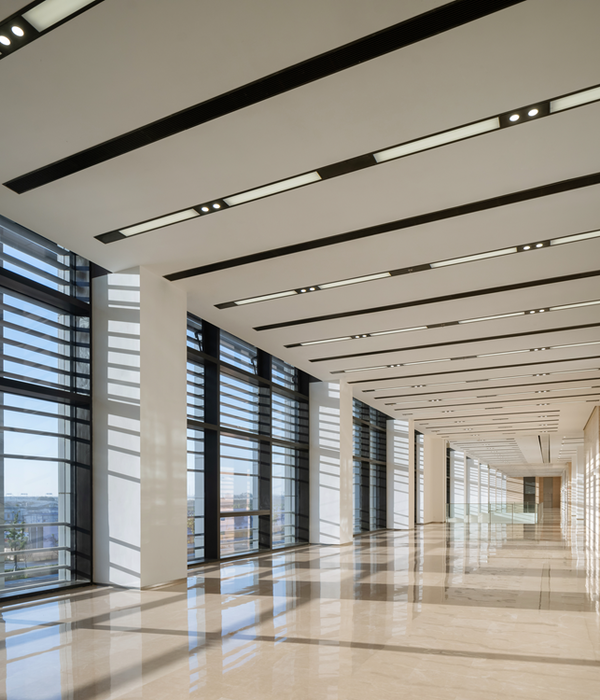Some 300 of Piet Mondrian's works are on view at the Gemeentemuseum in 'The Discovery of Mondrian'
如果你认为蒙德里安的艺术是抽象的几何形式和原色,一个新的展览将使你重新思考这个概念。当你进入第一个房间时,你会发现一只死兔子的静物,以及对阿姆斯特丹著名的辛格运河一清早的忠实娱乐。
接下来的几堂殿堂继续同样的脉络,显示了许多田园,乍一看,传统的风景和描绘大海、沙丘和风车。
馆长汉斯·詹森(HansJanssen)认为,鲜为人知的早期作品很重要,因为它展示了这位艺术家是多么的创新和现代。他谈到了他后期作品中的“深度感”,即明显复杂的画法(“油漆的工作”),但也提到了其他的东西:“乍一看,其中一些看起来像19世纪的垃圾,但它们有一种很难描述的品质,这与内心的感觉有关”。的确,这里有一种平静的灵性感觉。乐观是所有工作中的一个常数,同时也是一种强大的亮度,它将工作从平凡中提升出来。
随着岁月的流逝,色彩的强化和活力的增强,完美地体现在1908年初的阳光下的磨坊里,在那里,现实主义和真理被抛弃,取而代之的是大胆的橙子、红色和黄色的印象派用法,它们显示出磨坊里充满了闪烁和灿烂的阳光。
随着风格的每一次改变,搬到一个新的城市(展览着眼于阿姆斯特丹、巴黎、伦敦和纽约的作品),很明显,蒙德里安是一位不断创新和更新的画家,就像梵高在他之前的作品一样,他是为自己的艺术而活的。詹森称蒙德里安为“专注而直观的艺术家,他的手艺往往会带来意想不到但美丽的东西”。
显示器上的作品和个人物品(比如楼下的信件和他的重新创建的)都是出乎意料和有益的。
An Oostzijdse Molen bij avond, 1907-1908
Both the works and the personal items on display (like the letters and his recreated atelier downstairs) are unexpected and rewarding
Composition de lignes et couleur III, 1937
Many of the works have never before been by the public, having been rediscovered by the museum staff during a massive restoration project between 2009 and 2015
Compositie No. 3 Metkleurvakjes, 1917
Lighthouse At Westkapelle, 1910
Zeeuwsche kerktoren, 1911
A prototype of the Maison d'Artiste designed by architect Theo van Doesburg and architect Cor van Eesteren in 1923. This 1:5 scale model on display in Leiden is modelled on surviving photographs and part of the ‘Mondrian to Dutch Design’ programme of events celebrating 100 years of De Stijl across the Netherlands throughout 2017. © Gert Jan van Rooij
As the years pass there is an intensification of colour and an added dynamism
Duin I, 1909
keywords:Painting
关键词:绘画
{{item.text_origin}}












